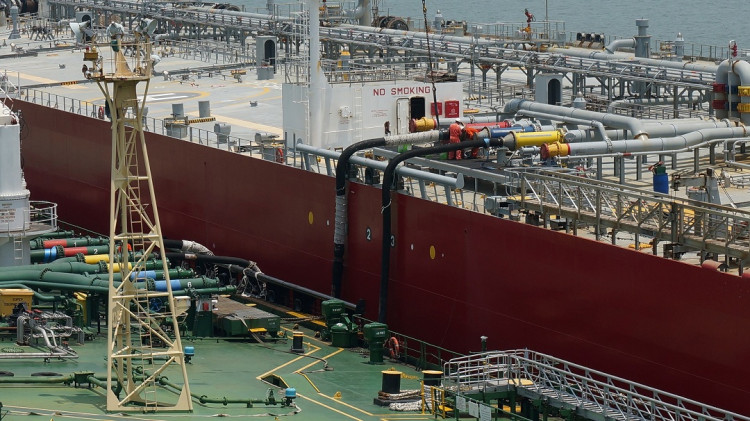Oil prices advanced on Monday, supported by escalating geopolitical tensions in the Middle East and renewed optimism surrounding China's economic recovery. West Texas Intermediate (WTI) crude for May delivery rose 68 cents, or 1%, to settle at $67.59 a barrel on the New York Mercantile Exchange. May Brent crude, the international benchmark, climbed 72 cents, or 1%, to $71.30 a barrel on ICE Futures Europe.
The gains came after U.S. President Donald Trump ordered military strikes against Houthi rebels in Yemen over the weekend. The strikes followed a warning from the Iran-backed group that they would resume attacks on commercial and military ships in the Red Sea. Defense Secretary Pete Hegseth stated on Fox News that the military campaign will continue indefinitely until the Houthis halt their assaults. "The minute the Houthis say, 'We'll stop shooting at your ships, we'll stop shooting at your drones,' this campaign will end. But until then it will be unrelenting," Hegseth said.
The latest escalation has heightened concerns over possible disruptions in global oil supply, particularly in a region crucial to shipping routes. Patrick Munnelly, strategist at Tickmill Group, noted, Hegseth's remarks “caused a sharp rise in oil prices during early trading in Asia on Monday, as investors grew concerned about potential supply disruptions."
Further bolstering prices, Chinese economic data released Monday offered encouraging signals for global demand. Retail sales in China showed stronger-than-expected growth over the January-February period, suggesting progress in domestic consumption recovery efforts. However, the data also indicated a rise in unemployment and a softening of factory output, prompting expectations of additional government stimulus.
"Oil prices are benefiting from better than expected Chinese economic data, more potential stimulus measures in China and renewed tensions in the Middle East, although so far there are still no supply disruptions," UBS analyst Giovanni Staunovo said.
Market analysts emphasized that the physical oil market remains relatively stable, with Tamas Varga of broker PVM citing backwardation-a pricing structure in which near-term contracts trade at a premium over longer-term ones-as evidence of healthy underlying demand. "Dips remain attractive, albeit short-term buying opportunities in an otherwise eerie macroeconomic environment," Varga added.
Despite recent gains, Brent crude is still down nearly 5% for the year, weighed by persistent concerns over global economic headwinds and the impact of trade tensions. The decision by OPEC+ to raise oil output beginning in April has also exerted downward pressure on prices. Nevertheless, Saxo Bank's Ole Hansen noted that potential tightening of U.S. sanctions on Iran could offset the anticipated production increases from OPEC+ members.
"China's plans to boost consumption and fresh Red Sea risks" are providing near-term support to oil markets, Hansen said.
Another factor moderating price gains is the potential for a diplomatic breakthrough in the Russia-Ukraine conflict. Trump's special envoy, Steve Witkoff, indicated over the weekend that talks with Russian President Vladimir Putin are progressing and that a ceasefire deal could be forthcoming. Trump himself is scheduled to speak with Putin this week to discuss terms aimed at ending the ongoing conflict, a development that could eventually facilitate the return of more Russian energy supplies to global markets.






